Italians have been perfecting the art of pasta ever since the Ancient Greeks introduced the Romans to long sheets of cooked dough called laganon, which evolved to become lasagna. Today, Pasta comes in hundreds of shapes, each intended to pair perfectly with certain sauces and ingredients. While some pasta shapes can be formed by hand, others require special tools, such as these.
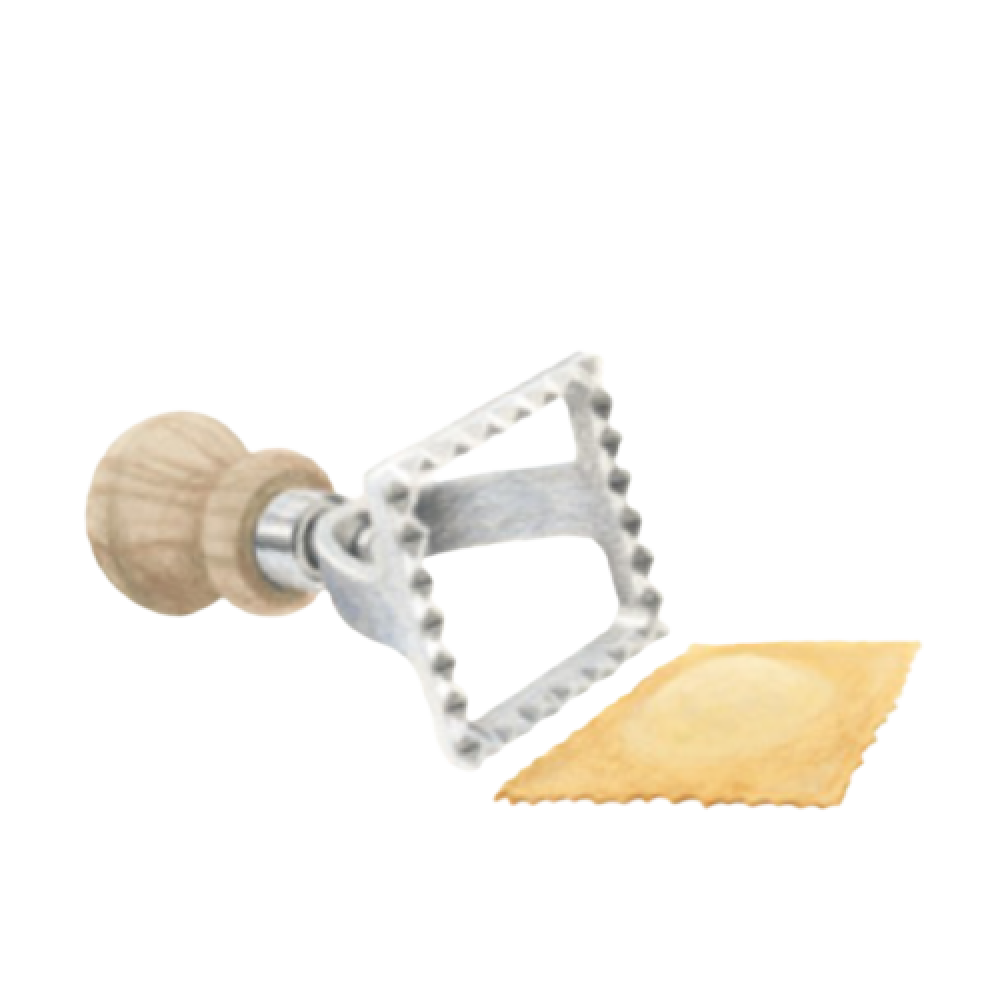
RAVIOLATRICE
These cookie cutter-style tools are used to cut ravioli from sheets of pasta set over and under mounds of filling. In fact, the word “ravioli” comes from the old Italian word “riavvolgere,” meaning “to wrap.” Ravioli first became popular in the aristocratic courts of northern Italy during the Renaissance. The traditional filling was sweet. Now, of course, ravioli are made throughout the country—and are filled with whatever cheese, meat or vegetables are available.
MATTARELLO
“Mattarello” is a generic word for both a smooth rolling pin and the grooved versions used to cut long, thin sheets of dough into uniform noodles. Common to the Emilia-Romagna region in northwest Italy, these beechwood pins are spun on a lathe while grooves are cut along the sides. Depending on the width of the grooves, the noodles it produces can range from thin spaghetti to thick pappardelle.
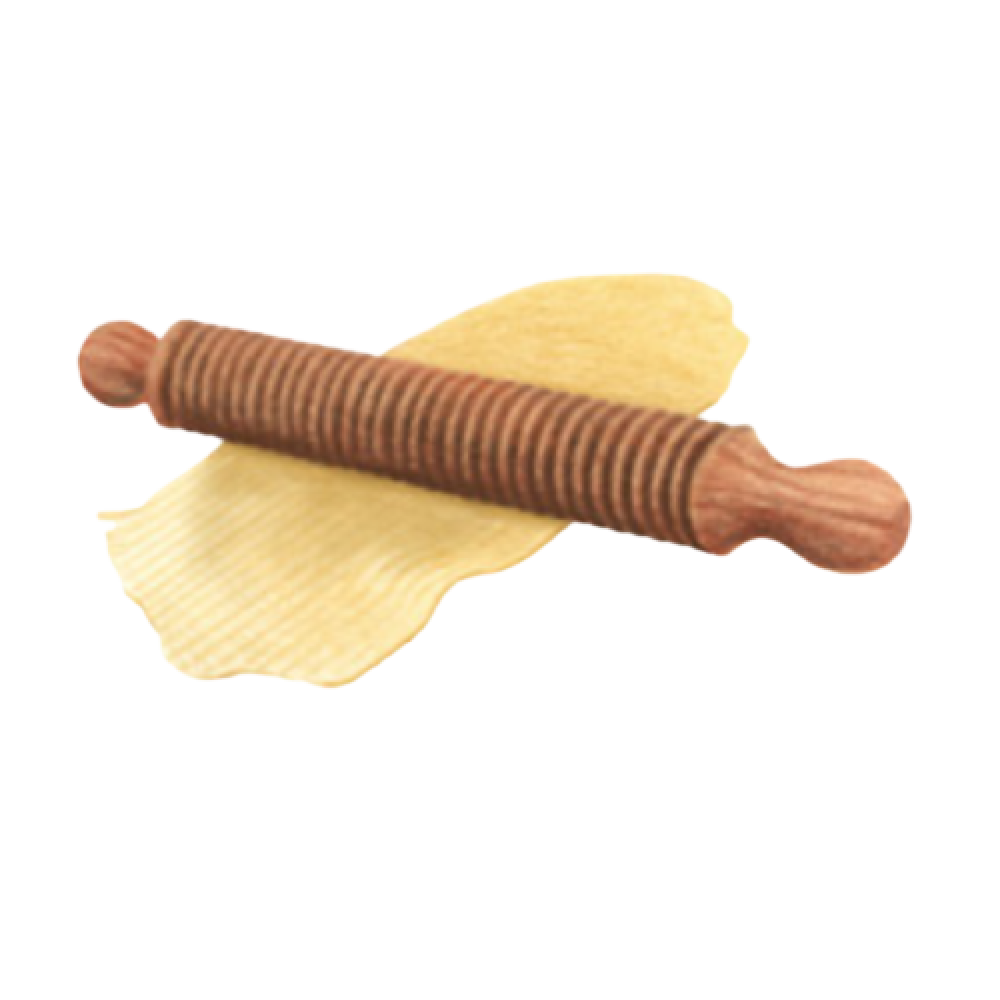
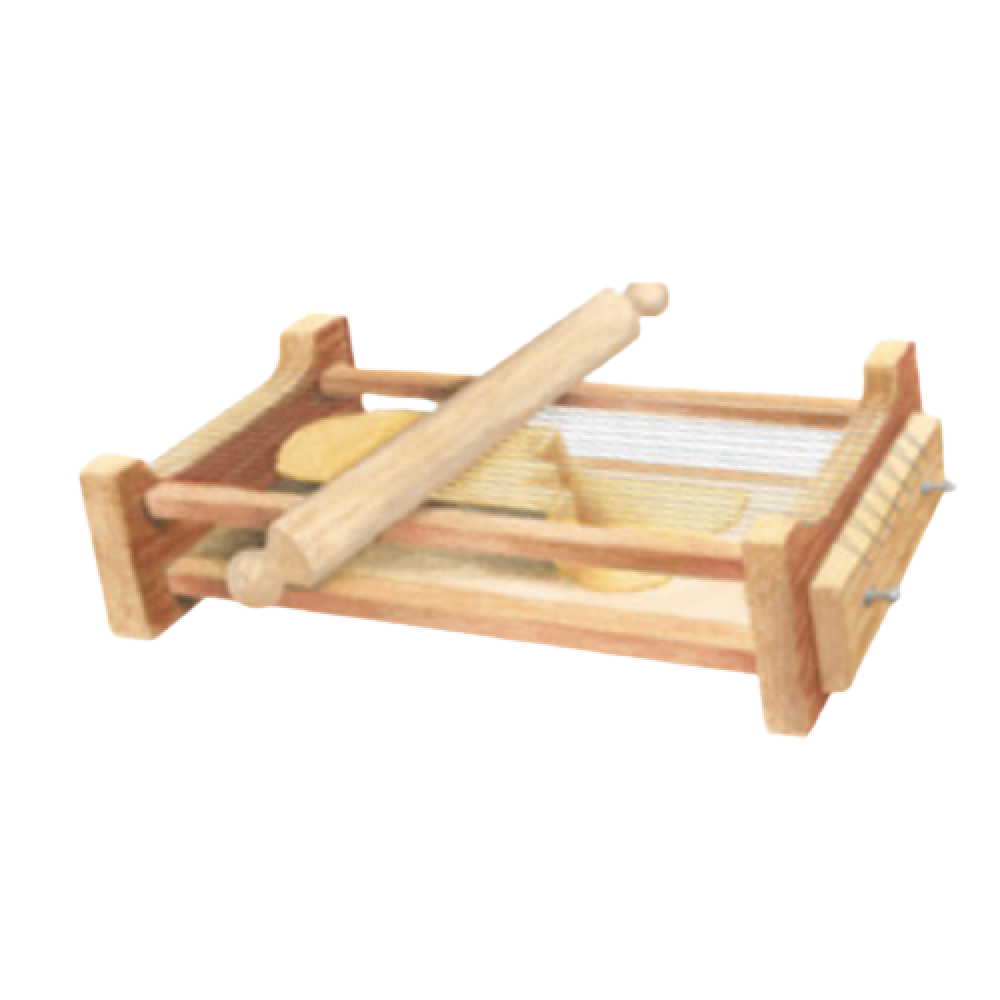
CHITARRA
Thought to originate in Abruzzo, this tool consists of evenly spaced steel wires stretched across a beechwood plank. A thin sheet of dough is placed over the wires and pressed with a rolling pin to cut it into rectangular noodles. To knock any stuck noodles loose, the cook strums the wires with a finger, like a guitar, or “chitarra” in Italian.
RIGAGNOCCHI
The name of this grooved wooden paddle, sometimes called an arricciagnocchi or gnocchi board, explains its purpose. The dough is formed into snakes, then cut into short lengths and rolled down the board with light pressure using the fingertips. The motion causes the pasta to form a grooved cup. Both the cup and ridges on the resulting gnocchi are ideal for holding sauce.
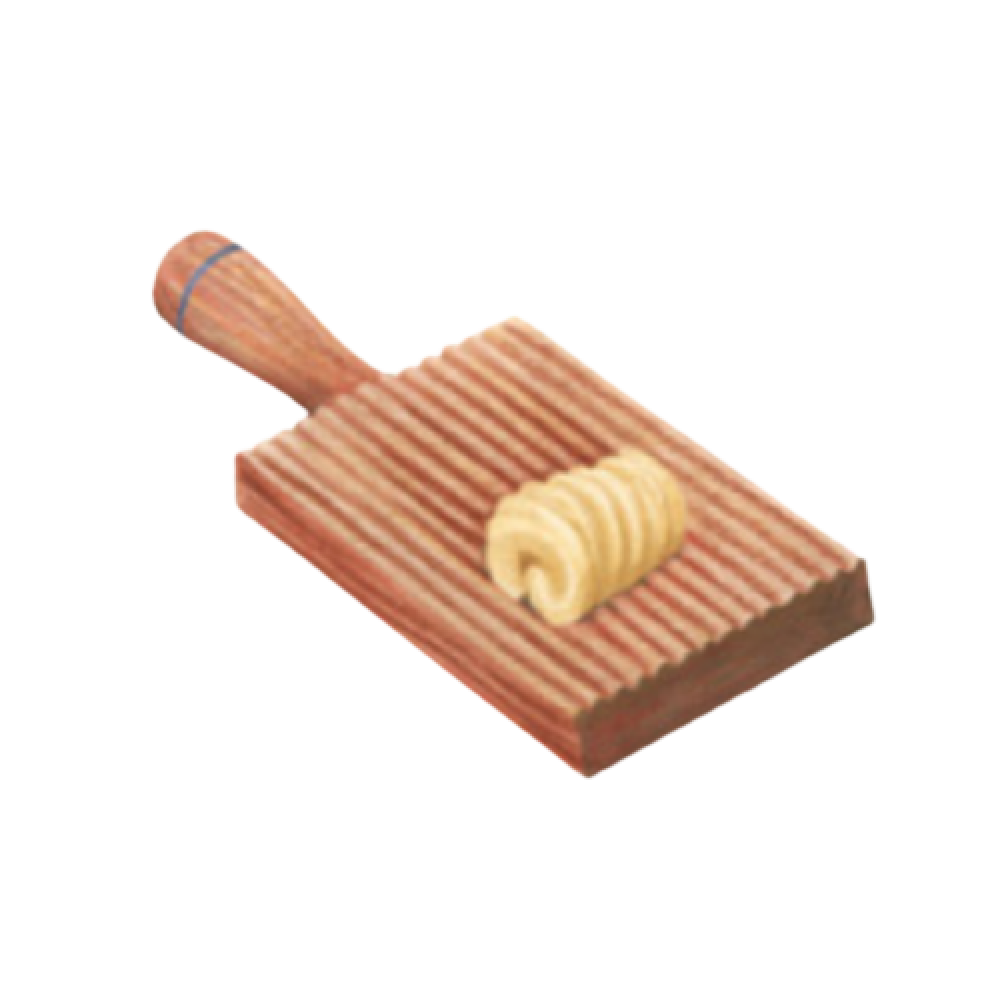
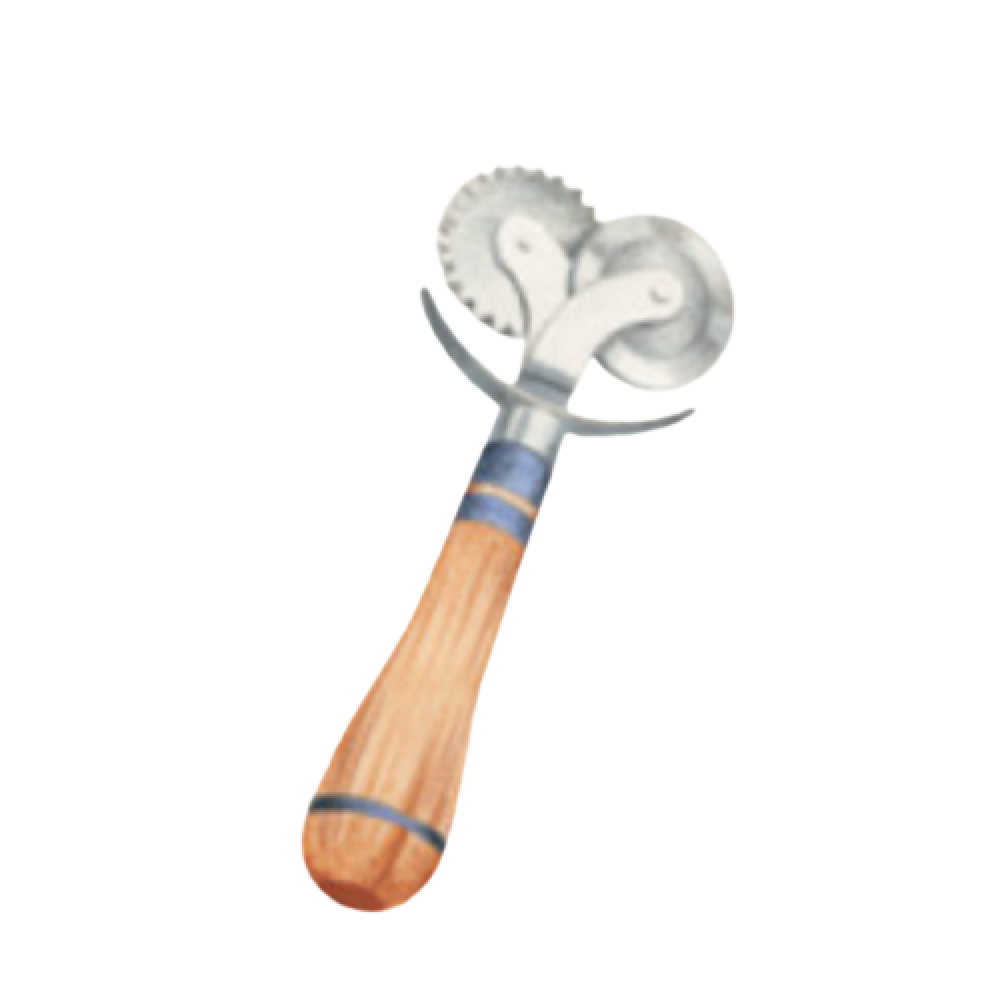
ROTELLA
Similar to a pizza cutter, the rotella per la pasta is used for hand-cut pasta. Two-headed models make both smooth and ruffled cuts. The smooth side makes fettuccine, slightly wider tagliatelle, ribbon-shaped pappardelle or the irregular maltagliati, meaning “badly cut” in Italian. The rippled wheel comes in handy for frilly-edged lasagna noodles or to make horn-shaped campanelle.







